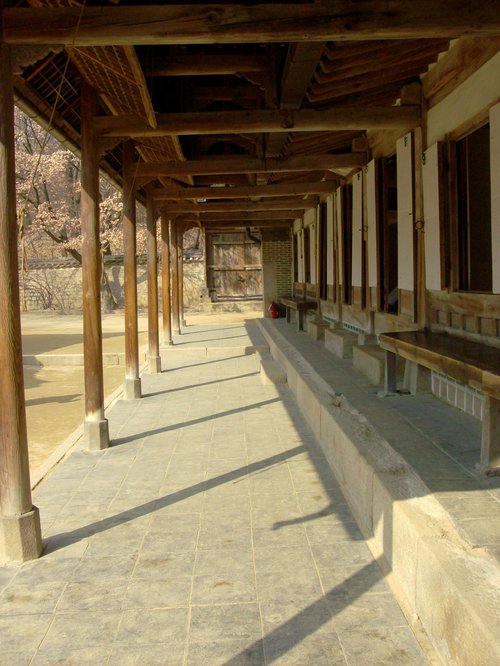Changdeokgung is one historic site that suffers a bit from misinformation or at least quick judgement. One being too much restoration or lack of authenticity. Second, the garden is dismissed as forest-like with a couple pavilions and a pond. The later I will address more below. The authenticity questions is fair, yet its also complex. Changdeokgung is the best preserved royal palace in Seoul (by far) and much of the layout is intact. This cannot be said for Gyeongbokgung, or especially Changgyeonggung which suffered the worst indignities and to be frank clear evidence of cultural genocide by Imperial Japan. It is true, the majority of buildings at Changdeokgung Palace are restorations, though it should be understood approximately 1 in 3 are original to the rebuilt palace in the 1600's or from later periods of the Joseon Dynasty. Sadly, the Colonial Period put many Korean historic sites in a dire situation. They were already in dire shape at the end of the 19th century. The palaces (symbols of the dynasty and the Korean nation) were purposely and publicly demoted and some might say "polluted". It was not random chance the adjacent palace from Changdeokgung and Jongmyo that together made up a connected whole was turned into a zoo with rows of cherry blossoms, including Japanese-style garden features and structures. All since demolished or cut down. Therefore, the relatively intact survival of Changdeokgung Palace Complex is exceptional in that regard.

Representative Korean Garden?
The secret garden displays uniquely Korean aesthetics. One being the restraint to not disturb nature's beauty. How can humans improve it? Therefore, the underlying theme of Korean gardens with man-made pavilions, paths, and ponds is to allow the individual to better view nature and its beauty, not excessively control it or artificially alter beauty. Essentially, traditional Korean gardens are unforced, the design is in fact aimed to reflect simplicity. Confucian thought certainly has influenced Korean garden design and the representative example is manifested here at Changdeokgung. There are other noteworthy historic gardens outside Seoul that may represent Korean-style gardens. Yet, Changdeokgung offers one of the best preserved and accessible examples throughout the country. There is some magic to this place and its much larger than the tour reveals. I would love to wander this area at my own leisure, but we must reserve a tour.
Flickr Album